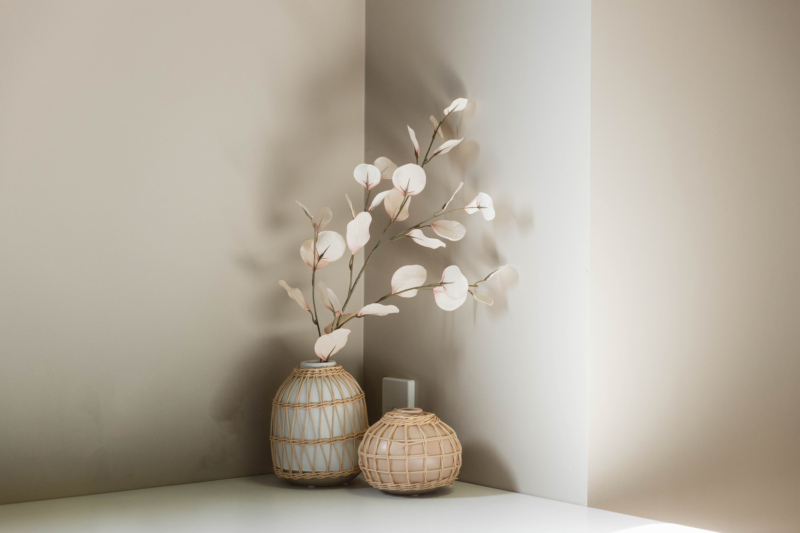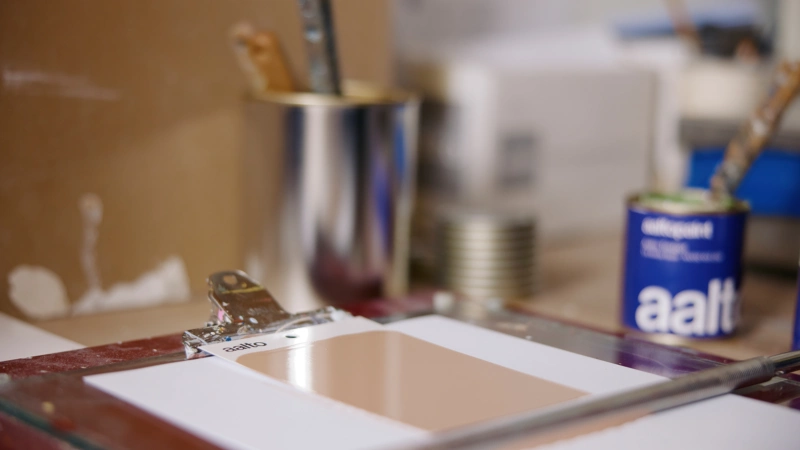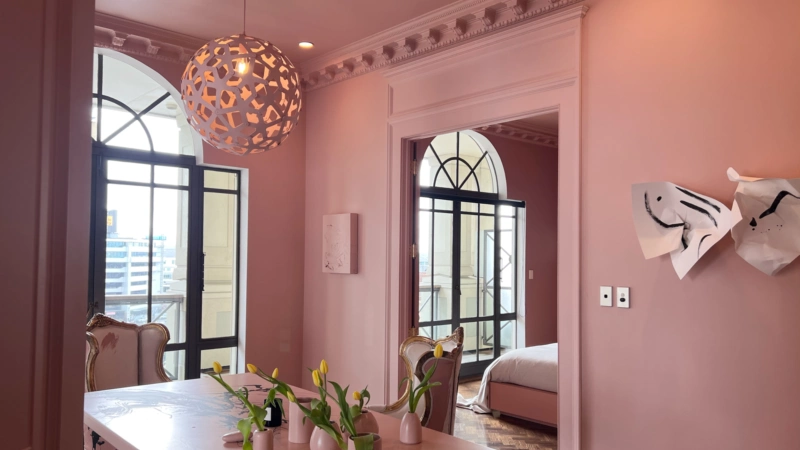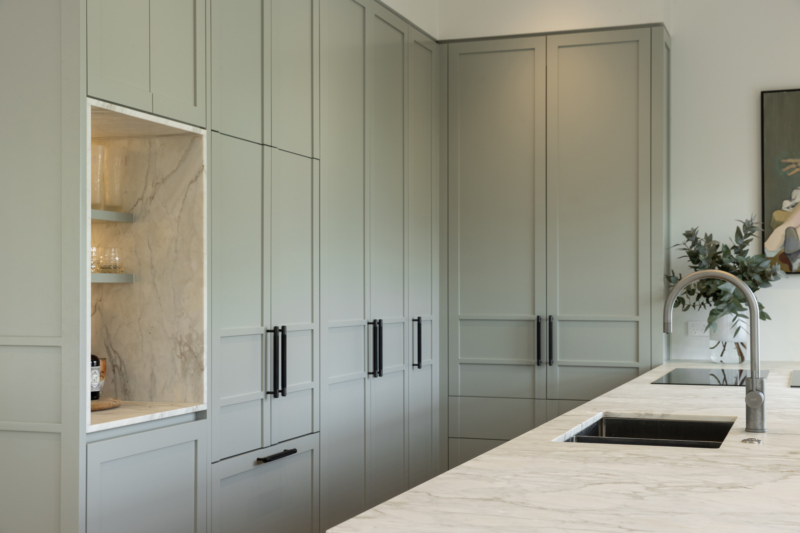
Colour will shift as the light changes through the day
The interplay of light and colour
Colour is a fascinating phenomenon that can evoke emotions, set moods, and transform spaces. However, what many people may not realise is that the way we perceive colour is significantly influenced by light. Light plays a crucial role in how colours appear, creating subtle shifts and nuances that can greatly impact our visual experience.
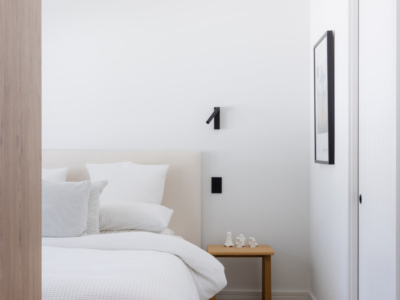
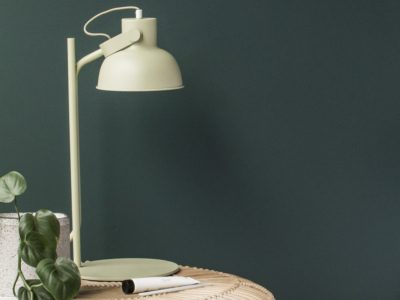
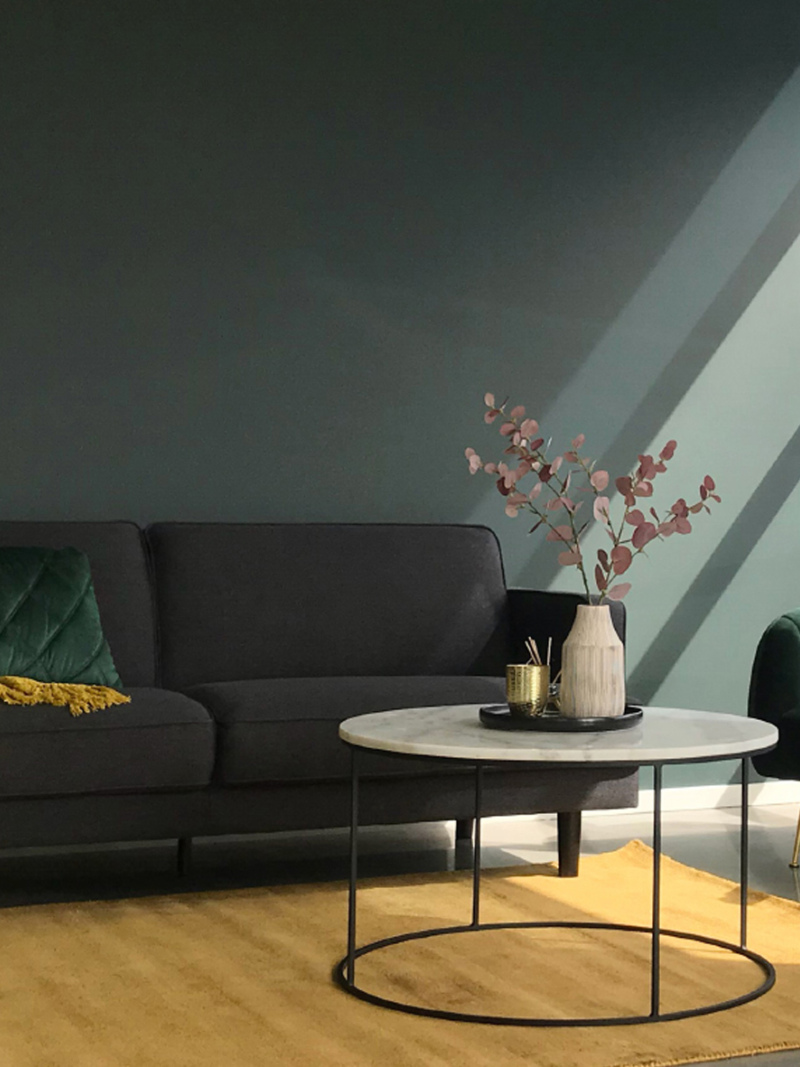
Colour can impact the way a space feels
Understanding light sources
Different light sources emit varying types and qualities of light. Natural light, such as sunlight, changes throughout the day, transitioning from warm, golden tones during sunrise and sunset to cooler, bluer hues at midday. On the other hand, artificial light sources like incandescent, fluorescent, and LED bulbs each have their unique colour temperature, ranging from warm to cool. Recognising these differences is essential as they can alter the appearance of colours in a space.
Colour temperature
Colour temperature refers to the perceived warmth or coolness of light. It is measured in Kelvin (K), with lower values representing warmer light (more yellow/red) and higher values indicating cooler light (more blue). Warm light sources, like incandescent bulbs, cast a cozy and inviting ambiance, making colours appear richer and deeper. Cooler light sources, such as daylight or LED bulbs, can enhance the vibrancy of colours and create a more energetic atmosphere.
The effect of light on colour perception
The same colour can appear dramatically different under various lighting conditions. For example, a paint colour that looks warm and inviting in natural daylight may appear dull and lifeless under artificial lighting. It's essential to consider the lighting environment where the colour will be viewed to ensure the desired effect. Testing your colour with Aalto brushouts or testpots in different lighting conditions and at different times of the day can help you understand how light impacts the perception of colour.
Reflection and absorbtion
The interaction between light and surfaces also affects colour perception. Light can be reflected, absorbed, or transmitted by different materials. Light-coloured surfaces reflect more light and tend to make spaces feel brighter and more spacious. Dark-coloured surfaces absorb more light, creating a sense of depth and coziness. Textured surfaces can also influence the way light interacts with colours, creating subtle variations and visual interest.
Colour harmony and balance
Understanding how light affects colour can help you achieve harmony and balance in your design. When selecting colours for a space, consider the lighting conditions it will be subjected to. For rooms with ample natural light, cooler colours can balance the warmth of the sunlight. In spaces with limited natural light, warmer colours can create a cozy and inviting atmosphere. Aim for a harmonious relationship between the lighting, the colours used, and the desired mood of the space.
Light and colour share an intricate dance, shaping our perception and experience of the world around us. By understanding how light influences colour, we can harness its power to create stunning and captivating spaces. From the warm glow of sunrise to the cool radiance of fluorescent light, each lighting condition brings a unique dimension to the colours we encounter. Embrace the interplay between light and colour, and let it guide you in selecting the perfect hues to transform your living spaces.
